Hello Again From NE5DX.
Here Are A Few Pictures
Of A BC-611-F Cleanup.
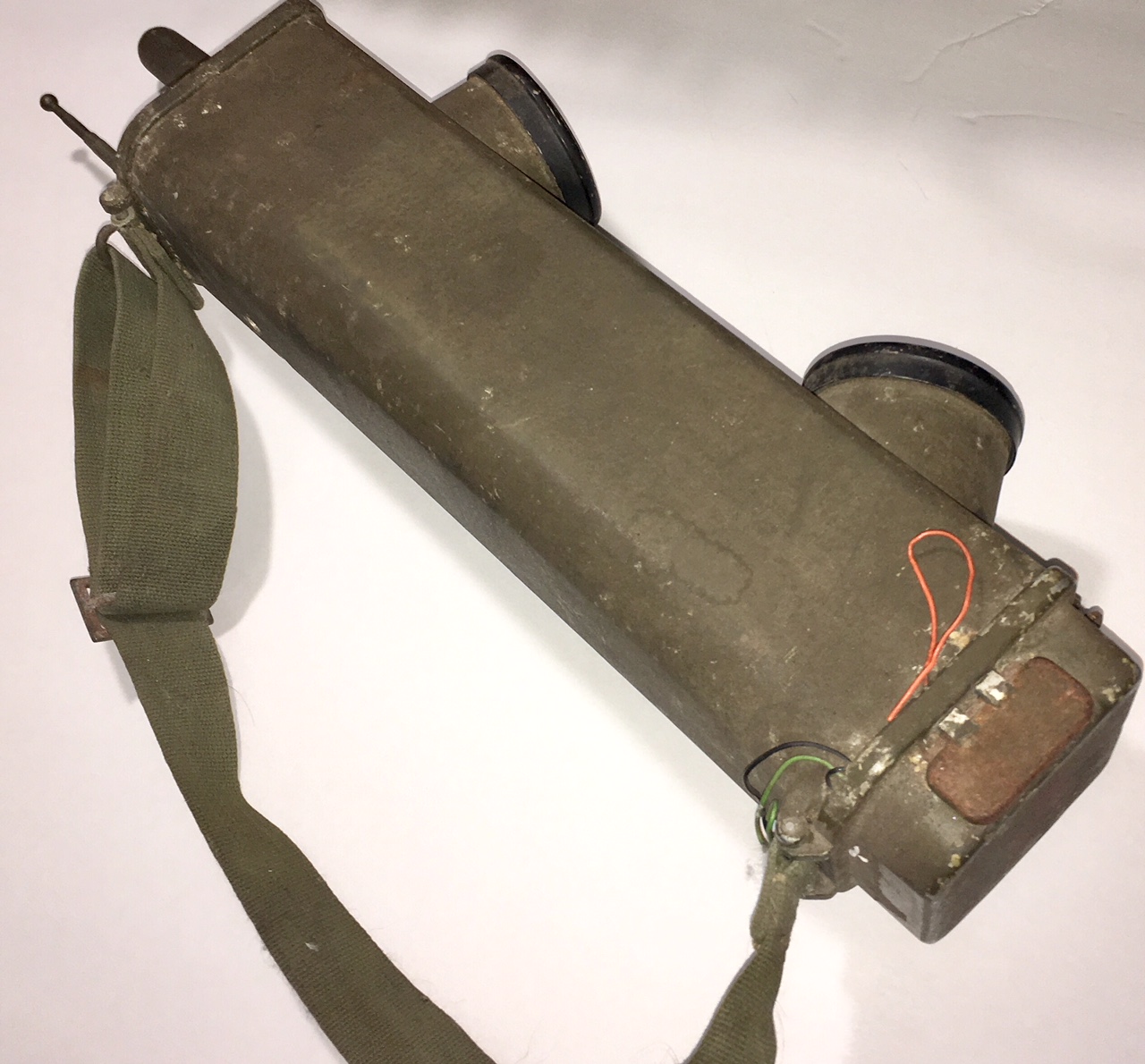
This iconic transceiver from WWII and beyond was one of the earliest hand-held radios. It was called a "Motorola" by it's manufacture Galvin, which became the Motorola company. By the end of WWII, over 130,000 of these (various models) were manufactured. Today, the vast majority of survivors are in the hands of collectors and reinactors and good working examples turn up for sale ocassionally. This example is a newly acquired BC-611-F from an eBay seller. It wasn't "cheap", but being poorly advertised, it sold much cheaper than it could have. The seller wasn't a radio person, obviously. Ultimately it proved to be a very good "buy".
-----
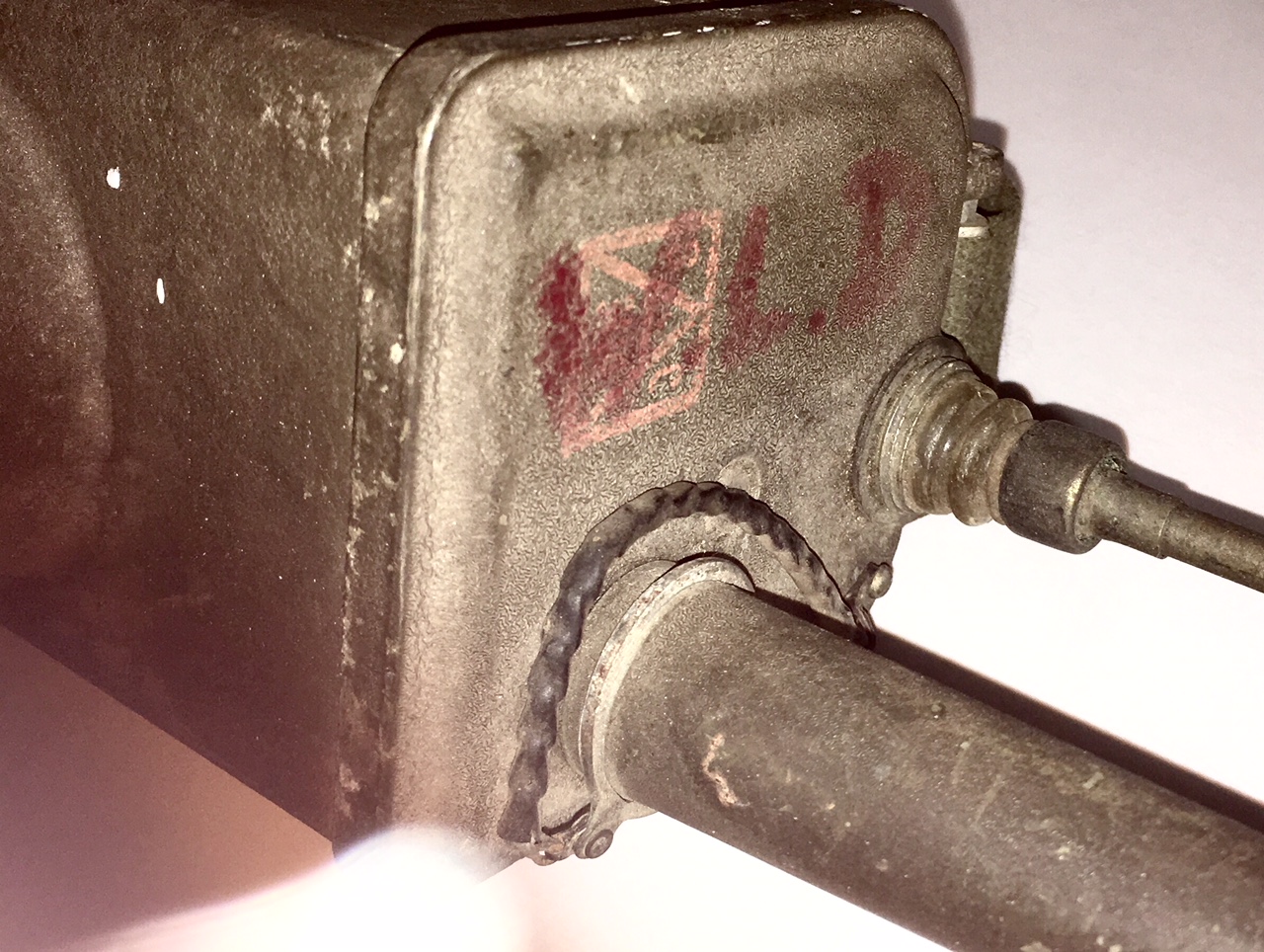
Here's how it was received. It was dirty/filthy and slightly "hammorized" but complete. The antenna protector was in the "stored" position, luckily the antenna was not damaged during shipping.
-----
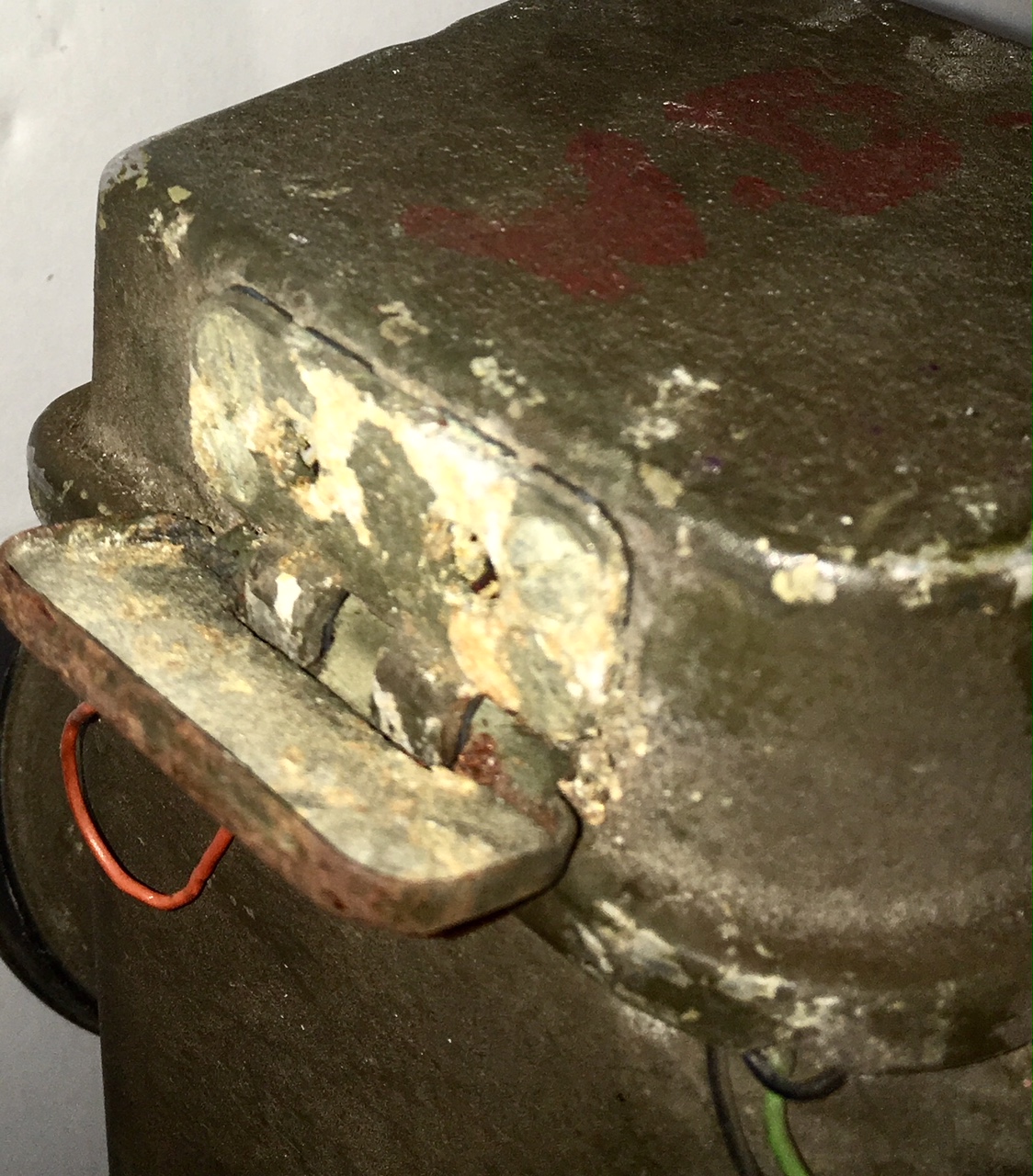
Superficial corosion on the base. Being an "F" model, it has provisions for an external headset and a direction finding device. It looks bad, but will cleanup nicely.
---------
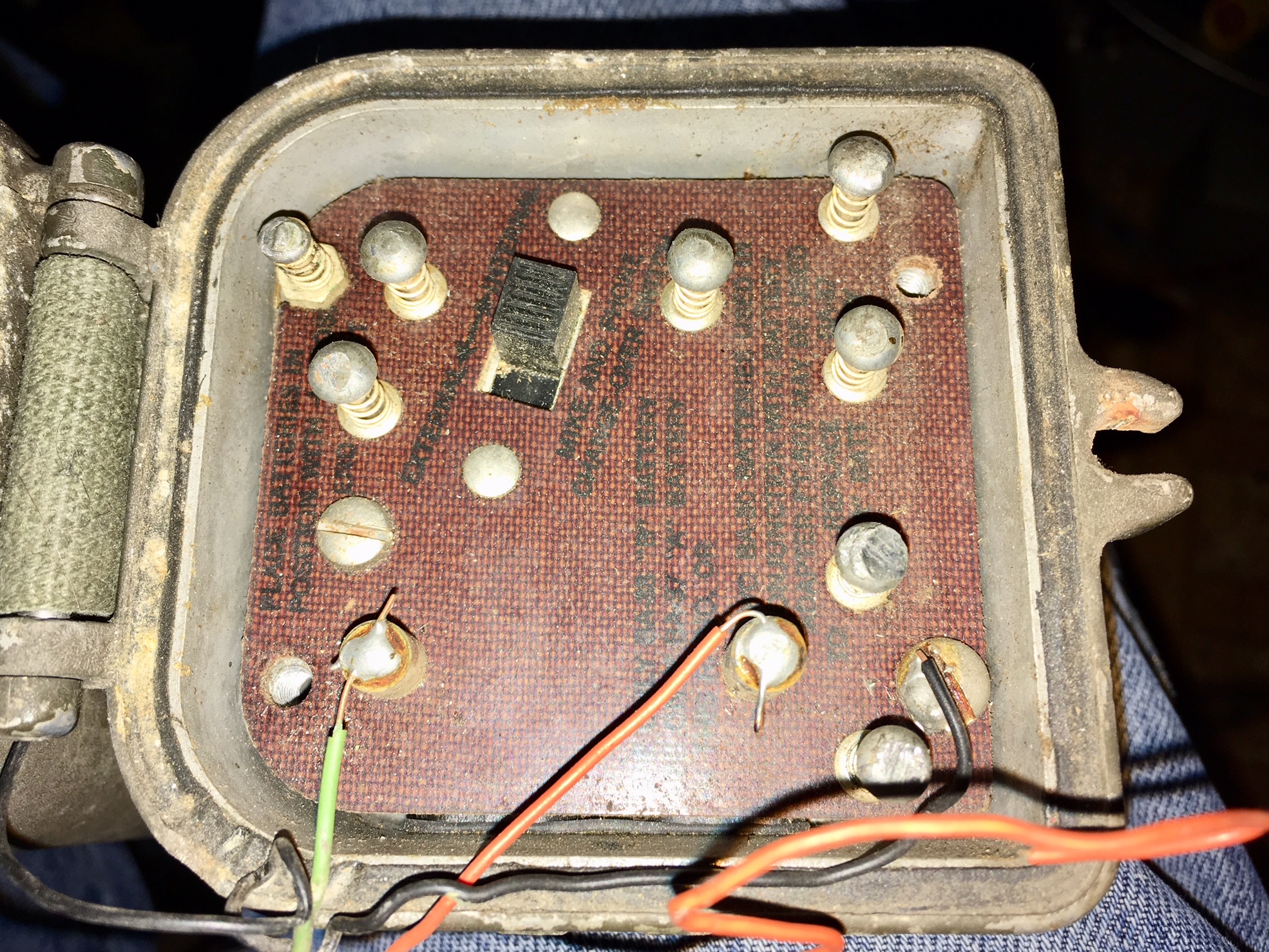
Here's the base connections as-found. With the exception of three wires soldered on terminals, it's un-molested and will cleanup perfectly.
-----
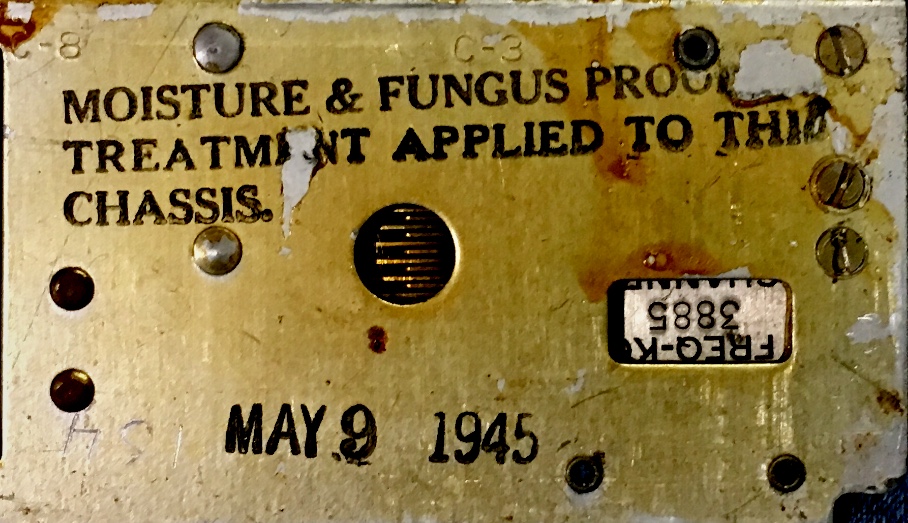
The first thing noted when removing the chassis for the first time is the MFP date, May 1945 and then the frequency, 3885!!!! Luckily it also had the matching coils for 3885 also dated May 1945. Other dated components help to verify the approximate month/year of manufacture. With that date, it's probably one of the later manufactured. It also means it may have most, if not all, of any MWO's performed.
The chassis appeared to be complete with abolutely no modifications. That was totally unexpected.
-----
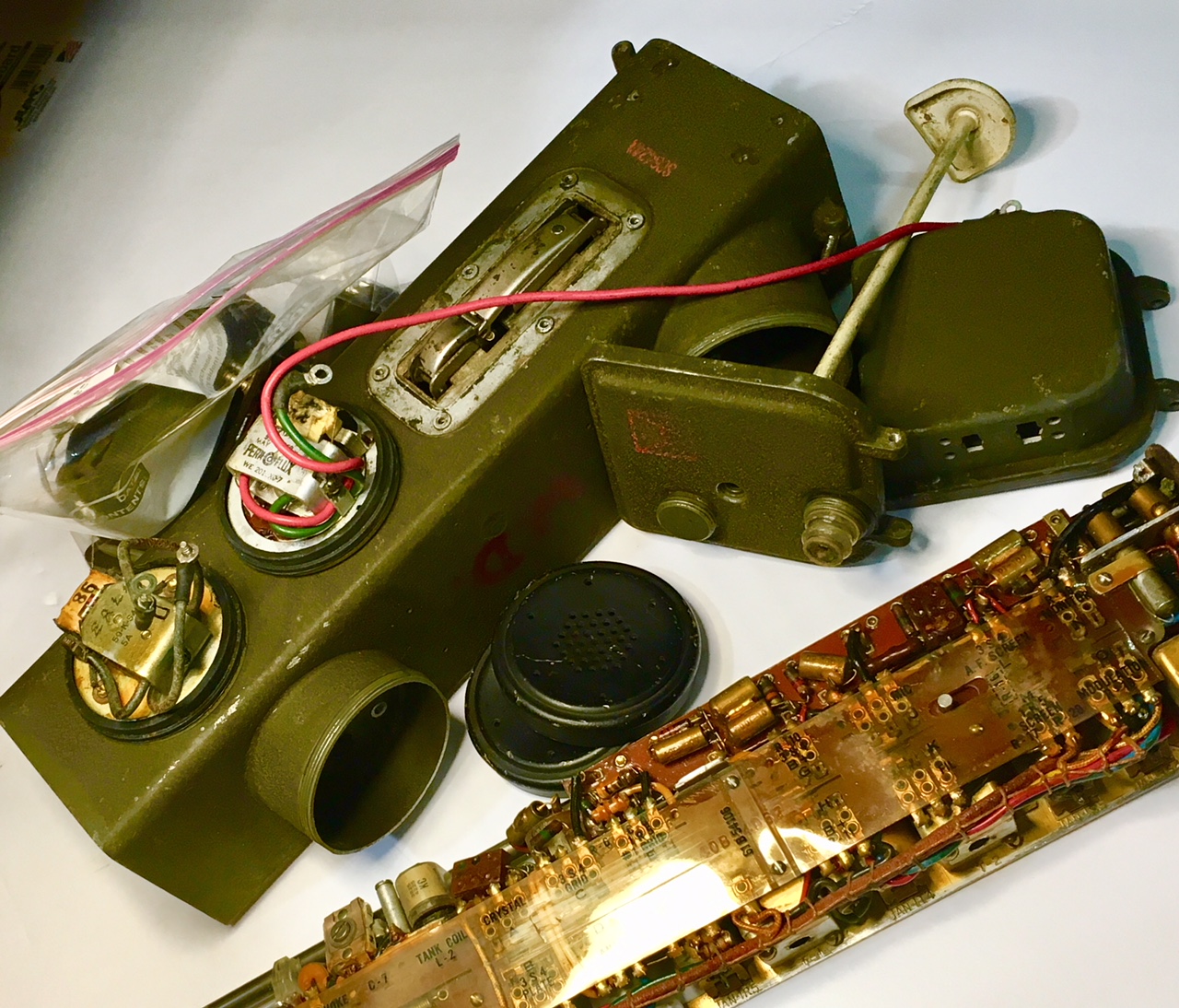
After a throrough cleanup, it's looking much better. Even large brushed on initials on the bottom and top cover was removed and without damaging the Signal Corps inspection stamp on the top! The same initials on the face of the radio was not removed, the tag covers it perfectly.
The corosion was removed and that area touched up. It was decided NOT to renew/touch-up the remainder of the painted surface of the transceiver. Within all probability, the condition is somewhat similar to what it was when purchased as surplus years ago. Making it look "brand new" when it's probably a good 7 out of 10 already doesn't make sense.
-----
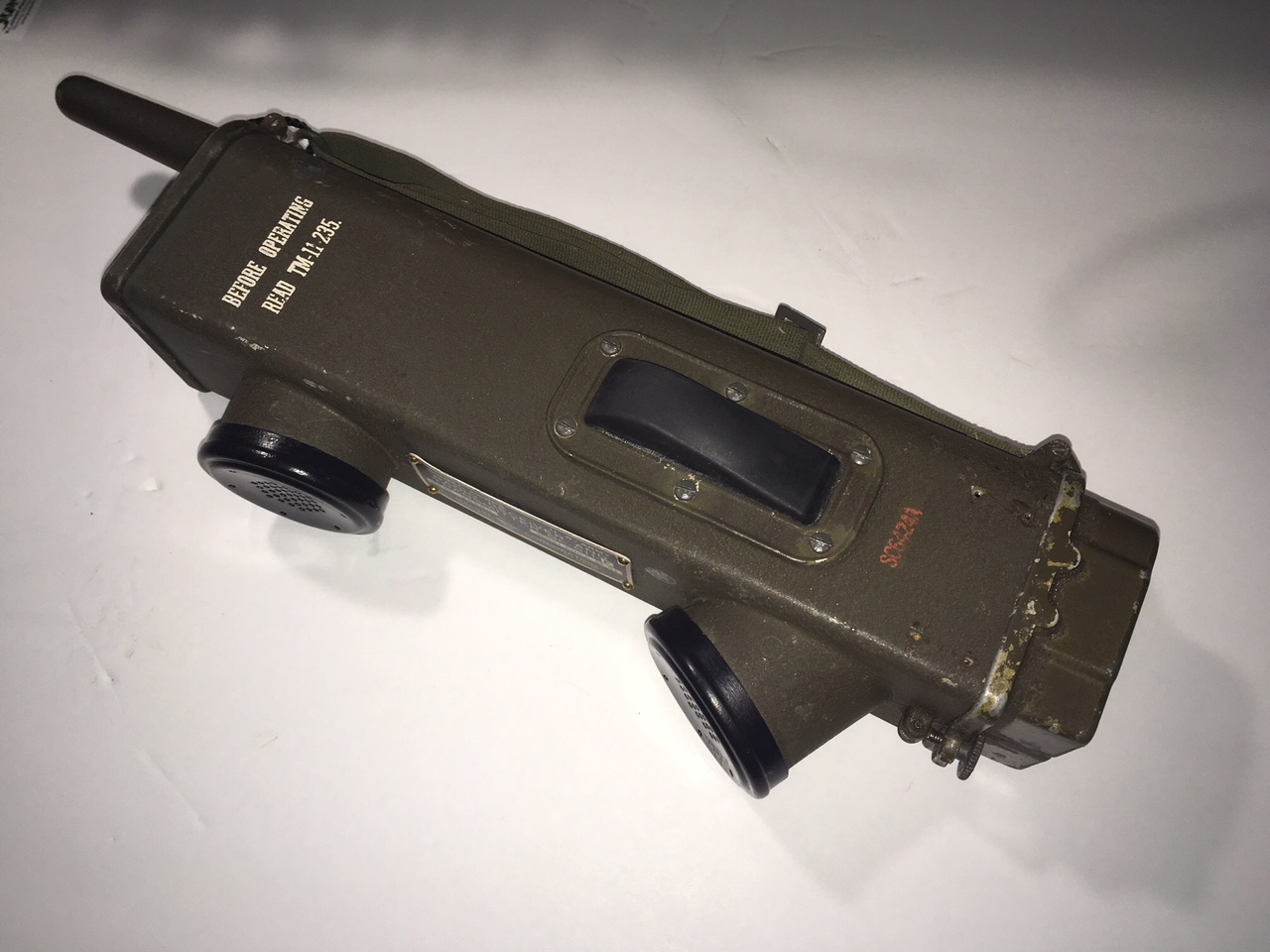
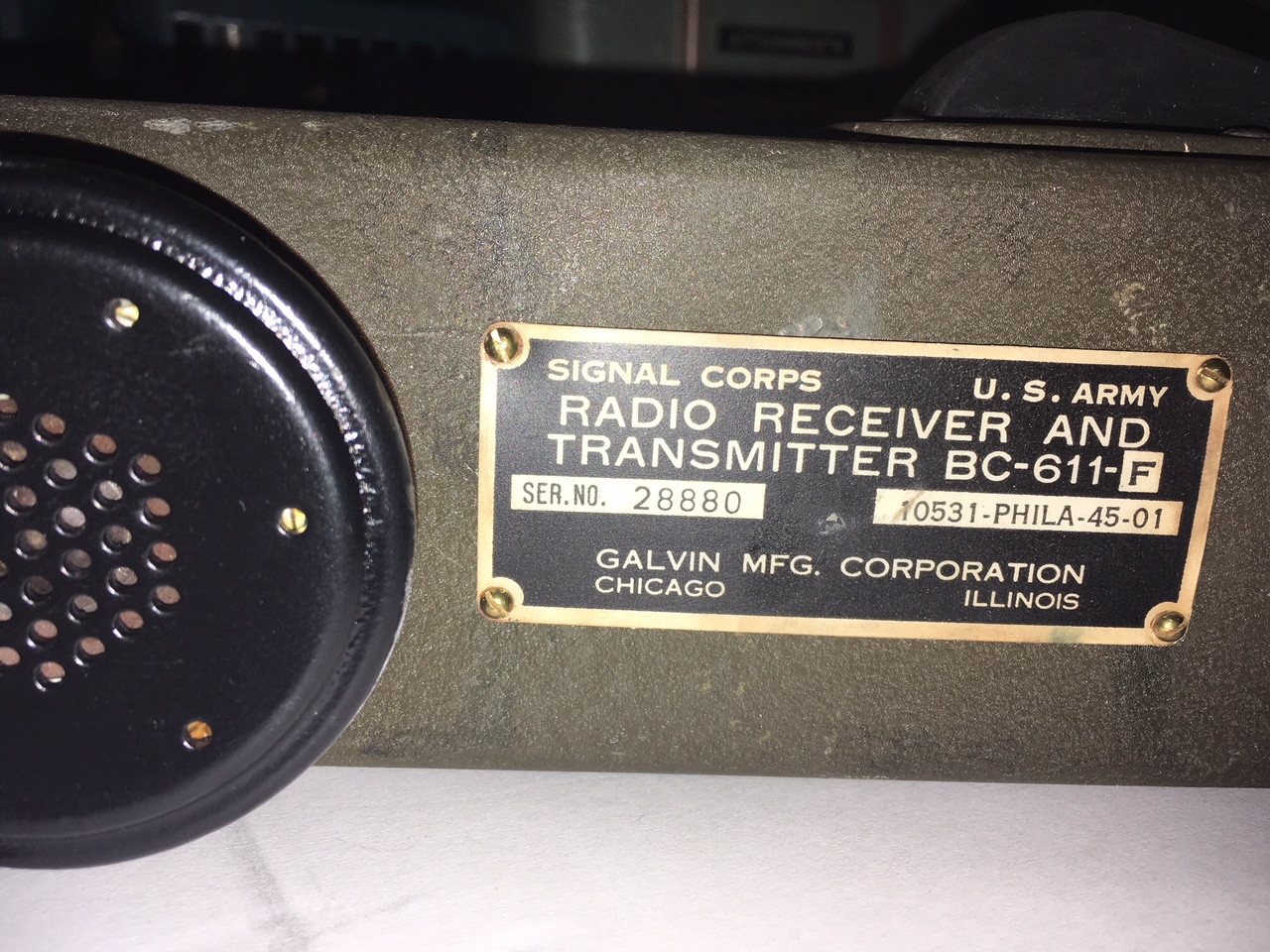
Here it is pretty well re-assembled. It looks pretty darn good, not perfect but at least a good 1000% better than it did on day one.
-----
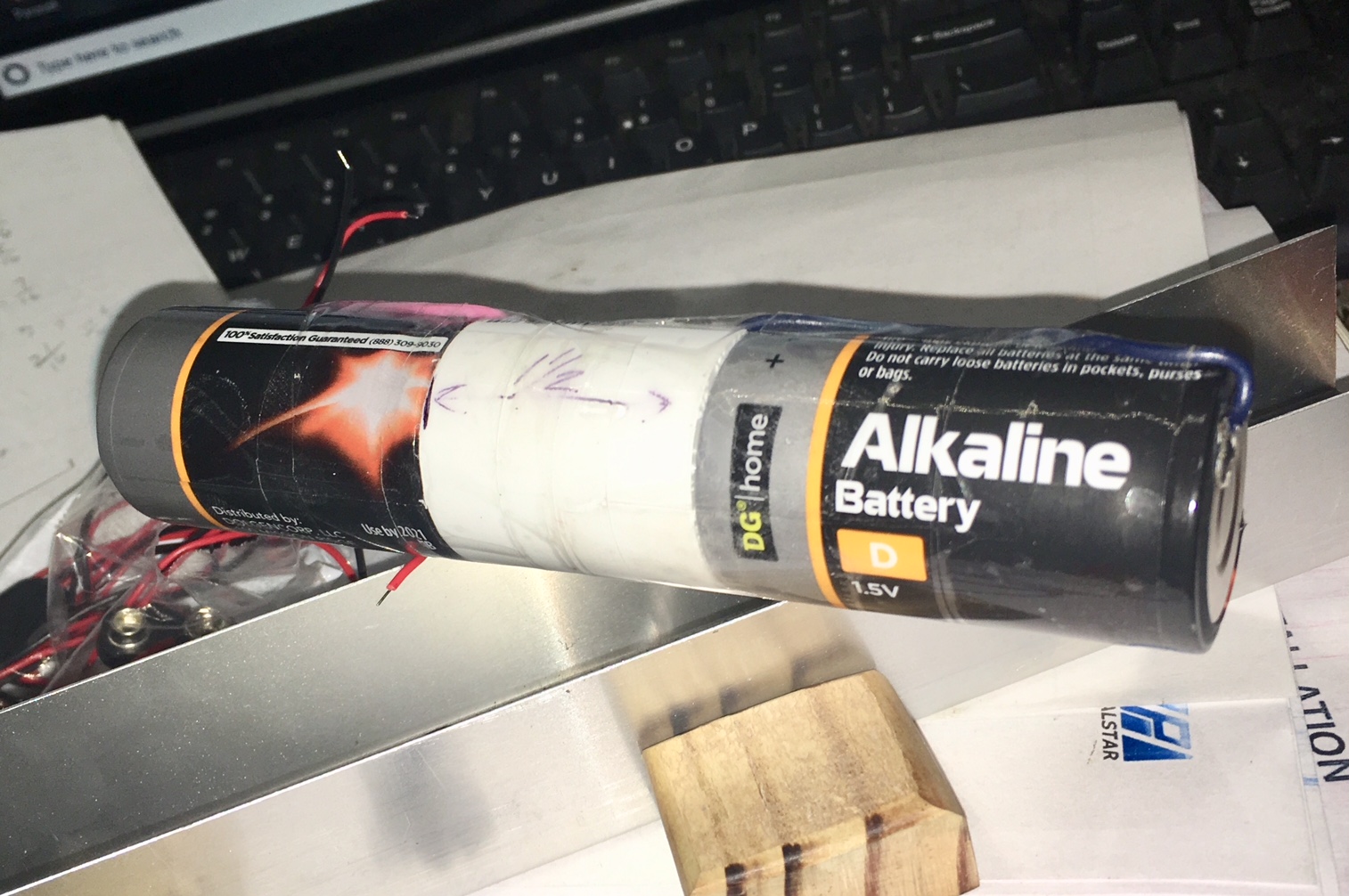
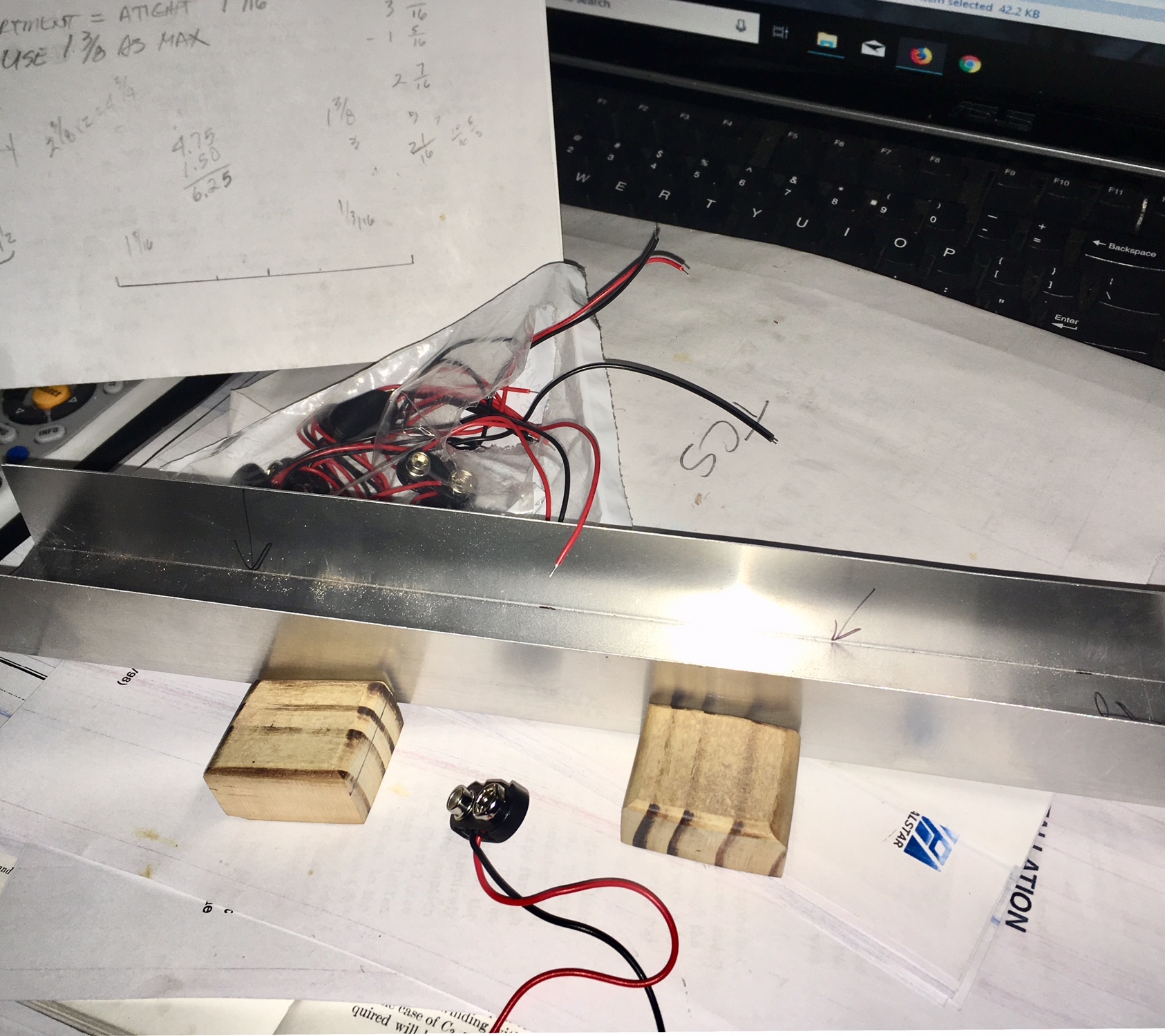
Next, it's time to build a substitute for the two batteries originally used. The 1.5vdc filament source "A" cell replacement is easy enough. A couple of heavy-duty paralleled "D" cells with a spacer should do it. The B+ source is a different matter.
Since running down to Wal-Mart and purchasing a BA-38, 103.5 volt battery isn't happening and the $105 price tag of a battery eliminator from Italy is also not happening right now, the next best thing is to build a substitute battery pack.
Thanks to Maj. Breckinridge S. Smith USAF (retired) who authored an article found on the Army Radio Sales Inc. website some years ago, a fairly simple solution exists.
Since 10 alkaline 9v batteries in series will be within the range of voltage that's usable, a battery pack is born. A simple sheet metal channel is brake-bent and hardwood end caps are cut out. Contacts are fashioned for both ends of the pack out of brass machine screws and batteries are wired up.
If, for some unknown reason, this transceiver actually becomes used more than very very ocassionally, that battery eliminator from Italy is a definite possibility. The cost of good 9v alkaline (or better) batteries has become incredibly expensive in recent years. With a bit of serious shopping and help from amazon.com, a 10-lot of affordable batteries was located.
-----
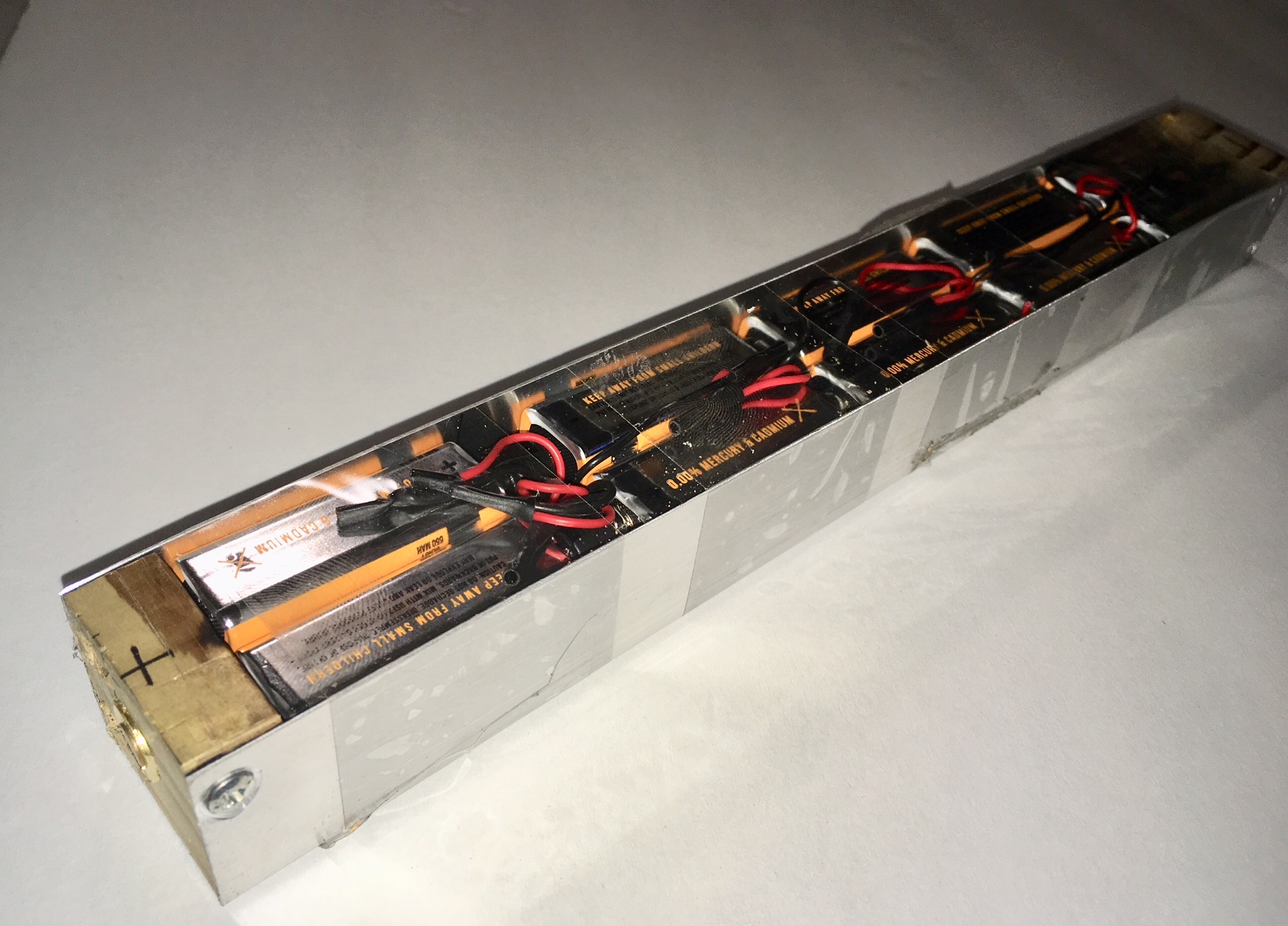
It ain't pretty, but the darn thing does the job. The battery pack fits and in a no-load state, it's good for 97 volts. After installing in the BC-611, along with the 1.5v filament pack, it worked!! At least there's an AM carrier WITH audio and on freqency! That's a pretty good first step.
Any QSO will be limited at best, this thing is sub-QRP on a good day. But possibly at a Hamfest, on Field Day or maybe in the city some QSO's could happen with a QSL card provided. This, of course, if anyone would actually be interested.
-----
|
|










